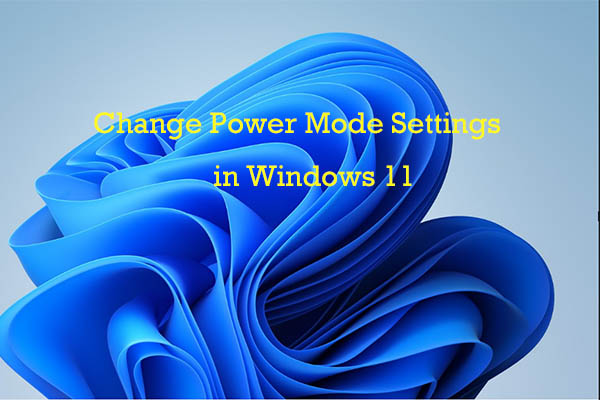Multiple factors can cause GPU overheating that will trigger various issues. This is confusing. Hence, it is necessary to learn how to tell if GPU is overheating. Then you can take corresponding actions. Explore more details with MiniTool now!
The overheating GPU drops the performance of your video card down. In turn, the performance of your computer will be affected too. If the GPU keeps overheating, your graphics card may get permanent damages.
What Causes GPU Overheating
Various elements can result in GPU overheating like the cleanliness of your case, as well as the position of the graphics card and fans and the efficiency of heatsinks. The GPU overheating issue can also be triggered because of heavy load and graphics processing.
Generally speaking, modern GPUs can work under heavy load, run for long hours, and deliver 100% performance. The case is different if your card is not a high-performance graphics card.
On the contrary, the GPU can get overheating easily. You need to note that if the cooling system is faulty, inadequate or getting old, the GPU overheating issue is inevitable no matter what card you have.
GPU Scaling [Definition, Main Types, Pros & Cons, Turn on & off]
How to Tell If GPU Is Overheating
If you often find that video games or video rendering are stopping, slow, or stalled and the GPU temperature keeps rising, you should take some steps to diagnose the GPU.
How to Cool Down the Overheating GPU
Method 1: Clean GPU Fan
If the GPU fan is dirty, the graphics processor will get overheating as the air to distribute the heat is not enough. You may encounter various errors on the PC depending on the kind of dust and dirt in your environment.
In this case, you should clean your GPU fan including the interior of the computer case and air filters.
Also read: How to Clean up Your Computer? Top 8 Methods for You
Method 2: Put the PC to a Place with Enough Airflow
If your computer is put in a place without enough room for air to circulate, try putting the PC to a place with adequate airflow. It is also likely that fans are not placed properly. The fans should be installed in a way that their airflow complements each other don’t create hindrance.
You are recommended to check the position of fans and ensure that the hot air of one is not blowing at the hot air of another. Besides, make sure there is enough space within the PC case so that the air can flow freely.
Method 3: Overclocking
Though overclocking GPU can improve the performance, it brings pressure to the system too. To be specific, overclocking makes the system work harder causing GPU overheating.
Note: Before taking any actions, you should check that if you are running an overclocked GPU and the overheating is caused by overclocking.
In this case, you can either revert back to the original clock speed or underclock to reduce GPU temperatures. However, you need to note that you will sacrifice some performance like display quality, framerate, and settings by doing that.
Method 4: Replace Thermal Paste
The dried out thermal paste is also responsible for GPU overheating. Lacking of thermal paste results in poor contact between the processor and the heat sink. If so, the GPU can’t get the full advantage of the cooling system.
Under this circumstance, replacing the thermal paste on the video card. Be careful while performing that operation.


User Comments :